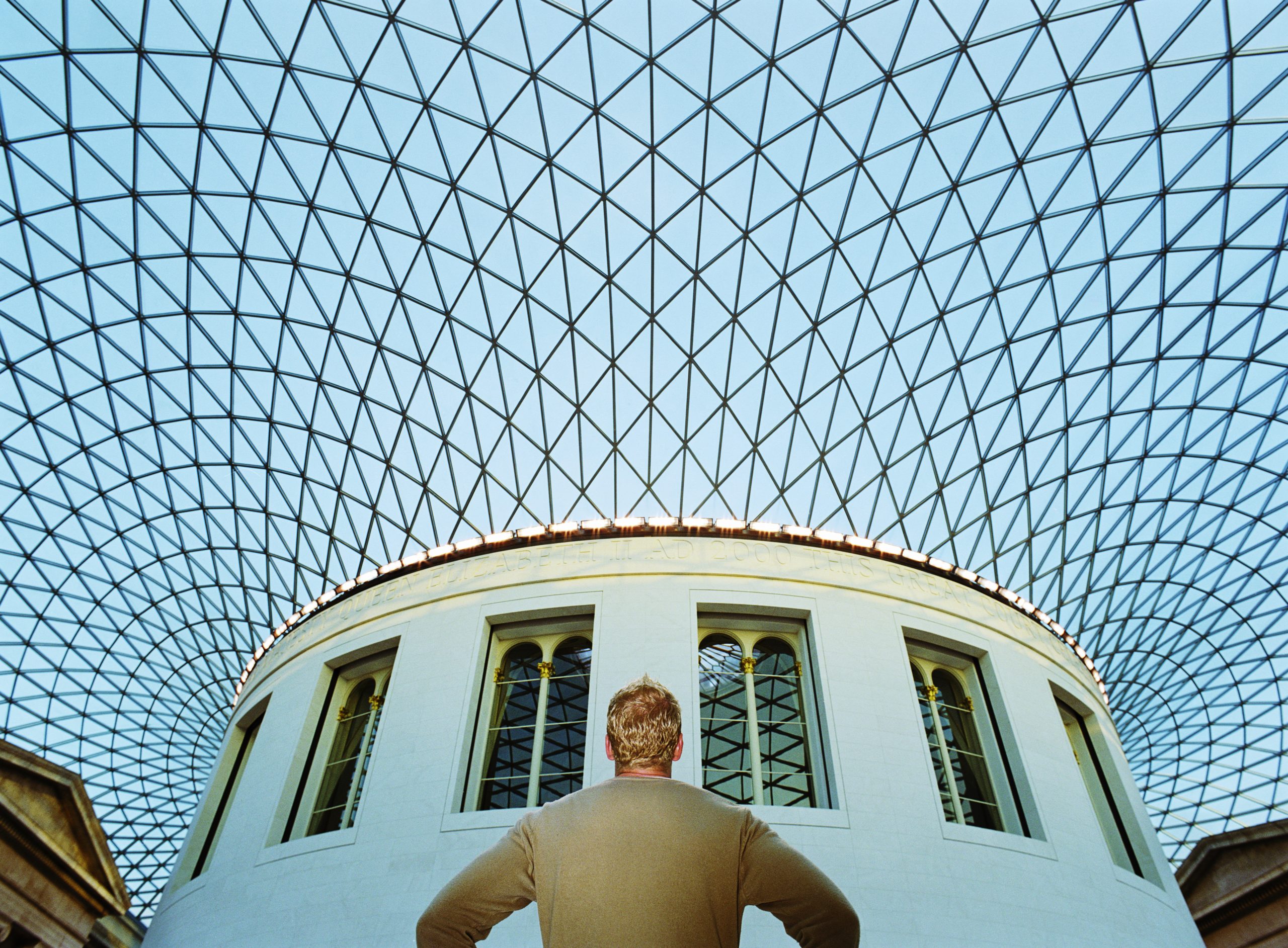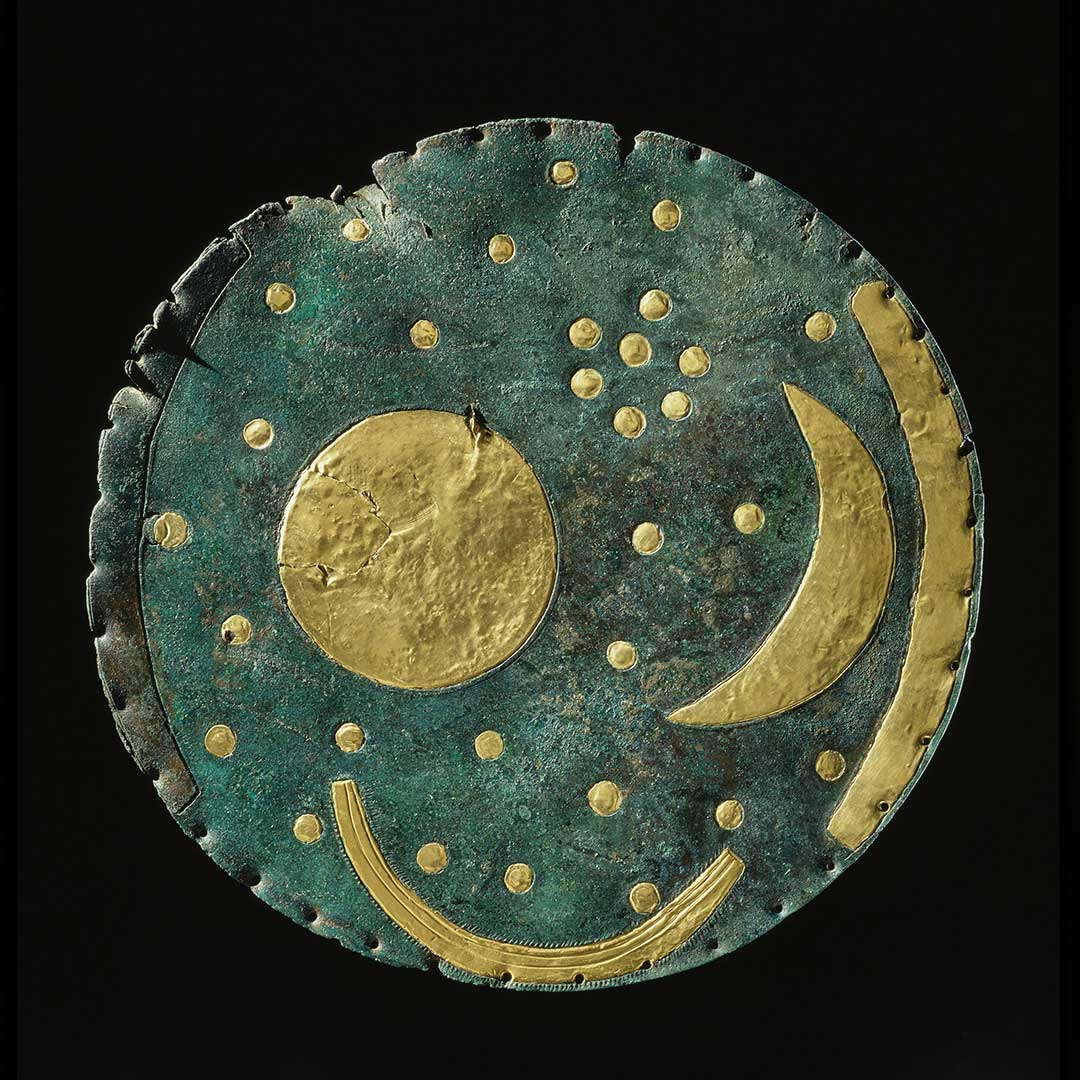
Ever since the resignation last year of Hartwig Fischer, the previous director of the British Museum, the question of who would succeed him has been a subject of eager speculation. It’s a hugely prestigious appointment, of course, but the job comes with some formidable challenges.
Outstanding among them is the contested ownership of such celebrated elements of the collection as the Parthenon Marbles and the Benin Bronzes. The controversies that surround these objects, moreover, are echoed in a host of others, including the Easter Island sculptures and the Ethiopian tabots in the museum’s store. Decisions over them promise to set momentous precedents as to the future management of museum collections, both nationally and internationally.
Then there is the issue of the asserted theft by one of the senior curators of items from storage that prompted the resignation of Mr Fischer. Apart from the practical issues it raises with regard to the management of the collections, the preparedness of the chairman of trustees to let the director take the full blame was striking. What does this say about the governance culture within the organisation?
In Athena’s view, the episode has also highlighted a long-standing failure of the Museum to invest in and expand its curatorial expertise. It’s a relatively unglamorous, but hugely important undertaking. No less significant are questions over the future funding of the museum and its present controversial sponsorship by the oil firm BP.
Finally, there are the buildings themselves. The decade-long closure of the Reading Room is one obvious, outward sign of the scale of the problems with the physical infrastructure of the British Museum. That extends to the challenge of managing the huge number of visitors that continue to flock here. The entrance arrangements alone — with forecourt queuing and an external marquee for security checks — are unsightly, irksome and make an incidental visit to the museum by a passer-by all but impossible.
We must surely be grateful to anyone who is prepared to take on the British Museum at what feels like a nadir in its fortunes; step forward Nicolas Cullinan, presently the director of the National Portrait Gallery. He is, paradoxically, both an obvious and unexpected choice. Obvious, because, having run the National Portrait Gallery since 2015, he has experience of museum management. Added to which, in this role, he has presided over the recent successful extension of the gallery and the representation of its collection.
His appointment is unexpected, however, because his own interests in Modern, Contemporary and British art do not obviously suit the British Museum.
Exquisite houses, the beauty of Nature, and how to get the most from your life, straight to your inbox.
In fairness, this is a job for which there is perhaps no obvious apprenticeship. What’s certain is that, for better or worse, this great institution is at a crossroads. Its healthy future depends not only on headline-grabbing decisions and initiatives, but more profound changes, too. Athena wishes its new director well.
Dr Nicholas Cullinan's statement on becoming the incoming Director of the British Museum
'One of the greatest museums in the world, it is an honour to become the next Director of the British Museum. I look forward to joining its wonderful and dedicated staff and to work with its hugely impressive Board in leading it into a new chapter. This will encompass the most significant transformations, both architectural and intellectual, happening in any museum globally, to continue making the British Museum the most engaged and collaborative it can be.'I want to pay tribute to my predecessors, most recently Sir Mark Jones, and look forward to building on their extraordinary achievements. Leading the remarkable transformation of the National Portrait Gallery over the last decade with its wonderful Trustees, staff and supporters has been the honour of a lifetime and I can’t imagine a better challenge or opportunity to build on that than collectively reimagining the British Museum for the widest possible audience and future generations.'

My Favourite Painting: Hartwig Fischer, director of the British Museum
'An extraordinary statement on the intoxicating power of art,' says Hartwig Fischer as he chooses 'Untitled' by Cy Twombly as

In Focus: The oldest known map of the cosmos, and the detectorists who sold an £8m find for just £13,000
A bronze ‘sky disc’, thought to be the world’s oldest map of the cosmos, is the star attraction of the

Credit: Getty
The secret history of ice cream from Marco Polo to the Queen of Ices, a 'proto-Nigella in a pinny'
Ice cream is the subject of a new exhibition at the British Museum of Food. Emma Hughes went along to
Toby Keel is Country Life's Digital Director, and has been running the website and social media channels since 2016. A former sports journalist, he writes about property, cars, lifestyle, travel, nature.

